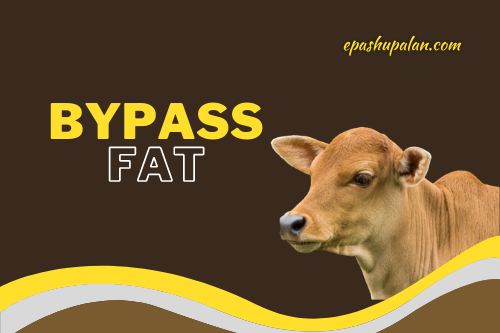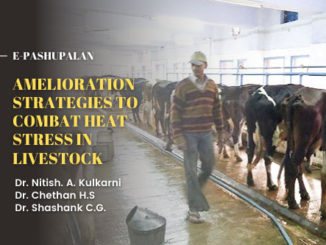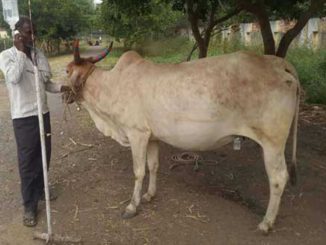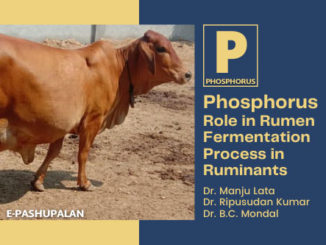Dietary fat, which is not degraded in upper part of digestive tract (rumen) of animal, but gets digested in lower alimentary tract is known as bypass fat. This bypass fat is also known as:
- Rumen protected fat.
- Calcium salts of long chain fatty acids.
- Calcium soaps.
Immediate after calving, there is huge loss of energy from dairy animals through milk, but feed intake is reduced. Therefore, animals remain in negative energy balances. Due to this facts, milk production, reproductive performances and body condition of animals are adversely affected.
Adverse effect is more in high producing animals. Bypass fat is rich source of energy. Besides, bypass fat is a good source of calcium. Thus, supplementation of bypass fat improves milk production, reproductive performances and body condition of animals.
Inclusion of oil causes digestive problems in animals. As oil is degraded in upper part of digestive tract (rumen) of animals, availability of energy is lower than bypass fat. That’s Why oil can not be included instead of bypass fat to get more energy.

Generally, ration of high yielding dairy animals during early lactation is energy deficient. The deficiency is further increased by decreased feed intake and higher quantity of milk production. Under field conditions, animals often shed around 80-100 kg body weight after calving. This leads to delayed conception in animals after calving resulting into longer inter-calving intervals. Such animals produce less milk during this period, thus, decreased lactation yield. At this stage of lactation, farmers usually supplement their animals with oil or ghee. But this is not economical and also hampers fibre digestion in the rumen.
Feeding bypass fat supplement to high yielders during advance pregnancy and early lactation helps in minimizing the energy deficiency. This in turn would help in improving milk production and reproduction. Use of the bypass fat should be in the ration of dairy animals for 10 days before and 90 days after calving. It can be supplemented in the ration of dairy animals @ 15-20 g per kg milk production or 100 -150 g per animal per day. Feeding bypass fat does not hamper fibre digestion and is always beneficial than feeding ghee/oil.
Benefits of feeding bypass fat
- Enhances peak milk production and persistency of lactation.
- Increase reproductive efficiency after calving
- Decreases metabolic disorders such as ketosis, acidosis & milk fever.
- Increases productivity and productive life of animals
Preparation of calcium salts of long chain fatty acids
Concentrate sulphuric acid (120 ml) in 500 ml water was mixed with in 4 kg hot rice bran oil (RBO). After a few minutes (when effervesces almost subsided), 1.6 kg technical grade calcium hydroxide dissolved in 10 L water, was added to it and boiled for 30 minutes without cover on medium heat. When the Protected Fat became granular and non-sticky, it was filtered through a cloth with repeated washings under running tap water and was sun dried. The Protected Fat was kept in an air tight container in a cool place after mixing with butylated hydroxy toluene (BHT) @ 0.05% as an antioxidant.
Specification of bypass fat
| Characteristic | Requirement |
| Moisture | 4 |
| Fat content | 80-84 |
| Calcium content | 7-9 |
| Colour | Light brown to pale yellow |
| Physical appearance | Free flowing granules |
| Protection | 78-82 |






Be the first to comment